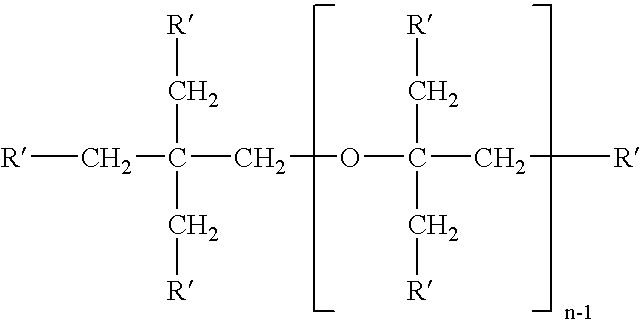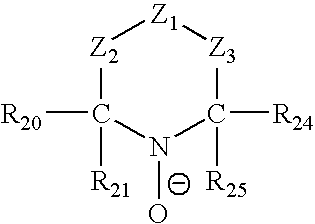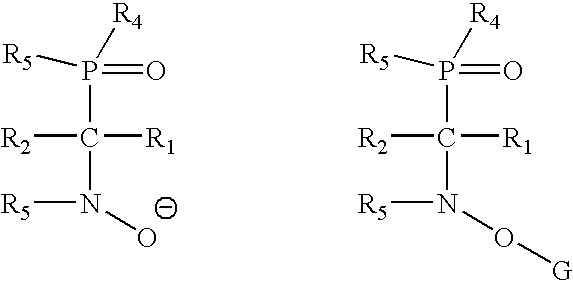Molding resins using renewable resource component
a technology of renewable resources and resins, applied in the field of renewable resource components, can solve the problems of unstable resins containing unsaturated polyesters with high levels of both maleic anhydride and triglyceride containing unsaturated segments in their backbone, and achieve high resin modulus, enhanced fiber composite properties, and exceptional toughness
- Summary
- Abstract
- Description
- Claims
- Application Information
AI Technical Summary
Benefits of technology
Problems solved by technology
Method used
Image
Examples
examples 1 and 2
SMC Examples 1 and 2
[0095]All the raw material ingredients as listed in Table 4 and Table 5 except the thickener and the fiberglass were mixed together using a high speed disperser. Just prior to incorporating the fiberglass, the thickener was added using the disperser. The mixture, or “paste”, was incorporated with the fiberglass via a Sheet Molding Compound (SMC) process. A layer of paste is laid on a polyethylene film, which runs under a cutting wheel that chops the fiberglass into one inch lengths that fall onto the paste layer. A second layer of the paste is put on top of the fiberglass forming a sandwich. The material was allowed to thicken, or age, for several days prior to molding. Molding was conducted in a steel mold using a hydraulic press that applied 1000 psi to the molding material. It was cured in the press at a thickness of 3 mm for a total of two minutes at 149 C. The plates formed by this process were subsequently tested for mechanical properties. Physical properti...
PUM
| Property | Measurement | Unit |
|---|---|---|
| pore size | aaaaa | aaaaa |
| temperature | aaaaa | aaaaa |
| temperature | aaaaa | aaaaa |
Abstract
Description
Claims
Application Information
 Login to View More
Login to View More - R&D
- Intellectual Property
- Life Sciences
- Materials
- Tech Scout
- Unparalleled Data Quality
- Higher Quality Content
- 60% Fewer Hallucinations
Browse by: Latest US Patents, China's latest patents, Technical Efficacy Thesaurus, Application Domain, Technology Topic, Popular Technical Reports.
© 2025 PatSnap. All rights reserved.Legal|Privacy policy|Modern Slavery Act Transparency Statement|Sitemap|About US| Contact US: help@patsnap.com



